
Ingredient
Condurango (infusion bark)
The Enigmatic Condurango: A Bark with a Story
Condurango, also known as infusion bark, is a dark brown bark with a strong, bitter taste and a woody aroma. It is commonly used in traditional South American cuisine, particularly in Ecuador and Peru, to flavor beverages and desserts. The bark is typically ground into a powder or steeped in hot water to extract its flavor.
Origins and history
Condurango has its roots in South America, specifically in the Andean regions of Ecuador and Peru. It has a long history of traditional use in these countries, where it is believed to have medicinal properties. The bark comes from a climbing vine known as Marsdenia condurango, which grows in the mountainous areas of the Andes. Condurango bark was first introduced to Europe in the 19th century and gained popularity as a medicinal ingredient.
Nutritional information
Condurango is not a significant source of nutrients and is primarily used for its flavor rather than its nutritional value.
How to select
When selecting condurango bark, look for pieces that are dark brown in color and free from mold or other signs of deterioration. The bark should have a strong, aromatic scent, indicating its freshness. It is commonly available in powdered form, which is convenient for culinary use.
Storage recommendations
To preserve the freshness of condurango bark, store it in an airtight container in a cool, dark place. This will help maintain its flavor and prevent moisture or pests from affecting its quality. If stored properly, condurango bark can last for several months.
How to produce
Condurango bark is harvested from the Marsdenia condurango vine, which grows in the Andean regions of Ecuador and Peru. The vine requires a tropical or subtropical climate to thrive and is typically cultivated in these areas. It can be challenging to grow condurango outside of its native regions due to its specific climate requirements.
Preparation tips
Condurango bark is typically ground into a powder and used as a flavoring agent in beverages and desserts. It can be added to hot water to make a tea or infused in alcohol to create unique cocktails. In traditional South American cuisine, condurango is often used to flavor desserts such as ice cream or custards. It can also be used to add a bitter note to savory dishes or incorporated into spice blends for added complexity.
Culinary uses
Condurango bark is primarily used in traditional South American cuisine, particularly in Ecuador and Peru. It is commonly added to beverages such as teas, infusions, or cocktails to impart a distinct flavor. In desserts, condurango is used to enhance the taste of ice creams, custards, or puddings. It can also be used sparingly in savory dishes to add a bitter element.
Availability
Condurango bark is commonly available in South American countries such as Ecuador and Peru, where it is used in traditional cuisine. It can also be found in specialty stores or online retailers that offer South American ingredients.
More ingredients from this category » Browse all
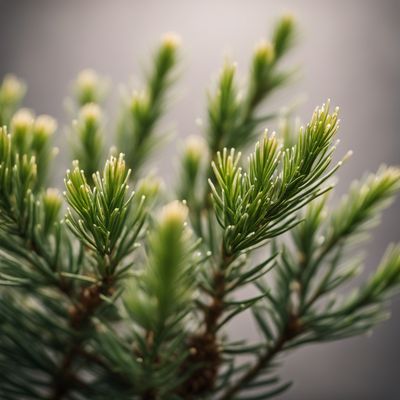
Dwarf mountain pine (infusion shoots)
The Aromatic Essence of Dwarf Mountain Pine
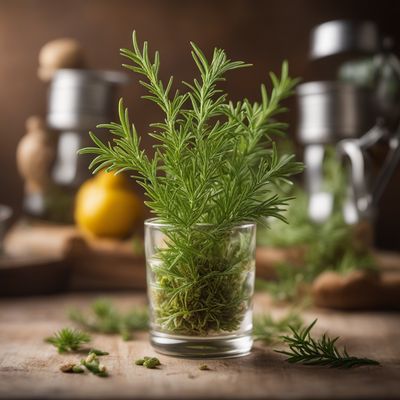
Fir (infusion shoots)
Exploring the Aromatic World of Fir Infusion Shoots

Quassia (infusion bark, wood)
Bitter Elixir from Nature's Pharmacy

Hibiscus (infusion seeds)
The Vibrant Infusion

Lignum vitae (infusion bark, wood)
"The Mighty Lignum Vitae: Nature's Healing Power"

Other herbal infusion materials from any other parts of the plant
Botanical Brews: Exploring the World of Herbal Infusions

Purging cassia (infusion fruits)
The Detoxifying Spice: Purging Cassia
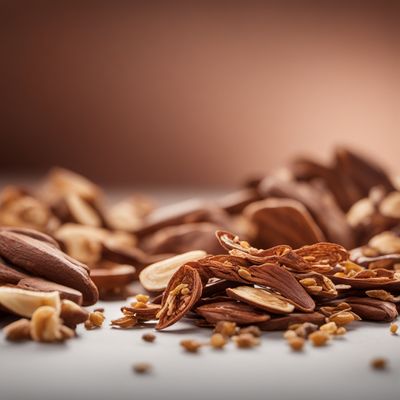
China (infusion bark)
Ancient Bark Elixir
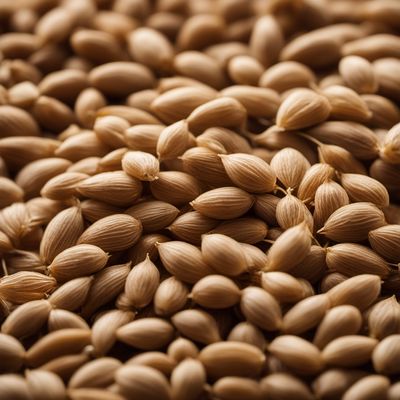
Blond psyllium (infusion seeds, husks)
The Fiber Powerhouse: Unveiling the Secrets of Blond Psyllium

Parsley (infusion fruits)
The Versatile Herb: Unveiling the Infusion Fruits of Parsley
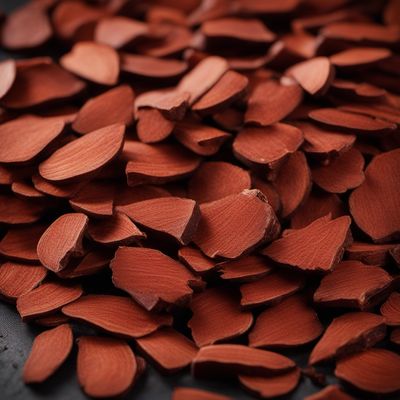
Red sandalwood (infusion bark, wood)
The Scarlet Elixir

Wild angelica (infusion fruits)
The Enchanting Infusion Fruits of Wild Angelica